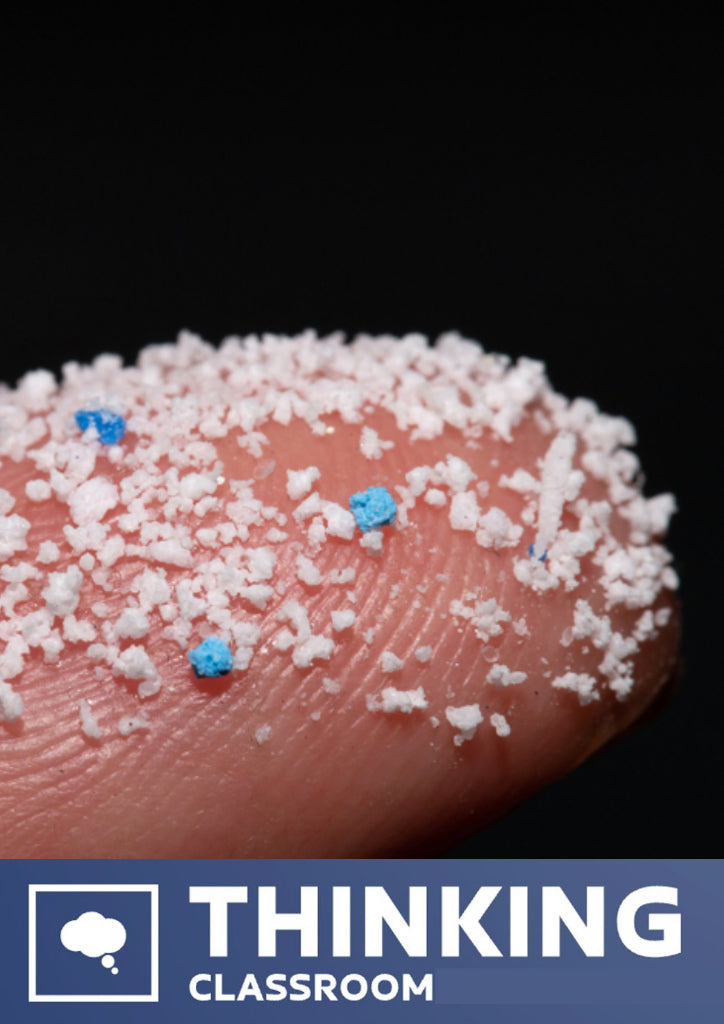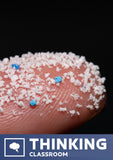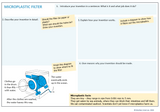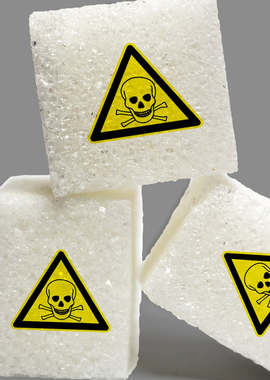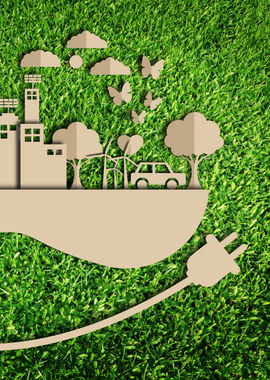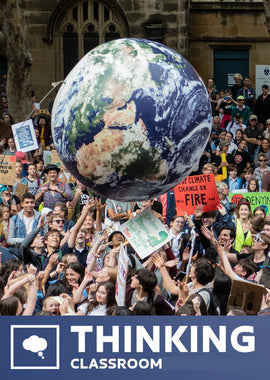Ditch microplastics: Thinking Classroom version
Plastic objects, like the synthetic fabrics our clothes are made from, break into tiny bits - microplastics. They have been detected in human blood and whilst we don't know their impact on health, there is evidence they can damage cells.
In this activity, students apply knowledge about separating mixtures to design a filter for a washing machine that stops microplastics winding up in the ocean. Students can peer or self-assess their work using the rubric.
The new version integrates practices from Peter Liljedahl's Thinking Classroom, with a 3-part structure to support student thinking in collaborative groups:
- CARE: Students are introduced to the issue and posed a question
- KNOW: Students review the prior knowledge they will need to complete the task
- DO: Students work in groups to design a solution
Curriculum link
Blueprint year 7: Mixtures (Substances & particles unit)
Slide 2: Play the news story to introduce the issue. Note: The news clip is an embedded YouTube video, you will need internet connection for it to play. See weblinks below for the URL.
Slides 3-4: Explain one source of microplastics – our clothes.
Slide 5: Explain how small microplastics are by comparing their size to other objects.
Slide 6: Introduce the task – to help the engineer complete a design for a washing machine filter. Ask each student to complete the task on the student sheet.

This activity is adapted from the Connect project, funded by the European Commission.
This is a short version of a longer activity called Microplastics, which offers more scientific knowledge and skills learning opportunities, activities to carry out at home with family members and scientist interaction.
Download other Connect activities here: https://shop.masteryscience.com/collections/connect
Ditch microplastics from your wash
Related activities
You may also like:
Hot Science Summer 2024 Quiz
You may also like:
Sugar Crisis
You may also like:
Beavers in London: Thinking Classroom version
You may also like:
Energy savers
You may also like:
Carbon footprint: Thinking Classroom version
You may also like:
Rewilding
Ditch microplastics from your wash
